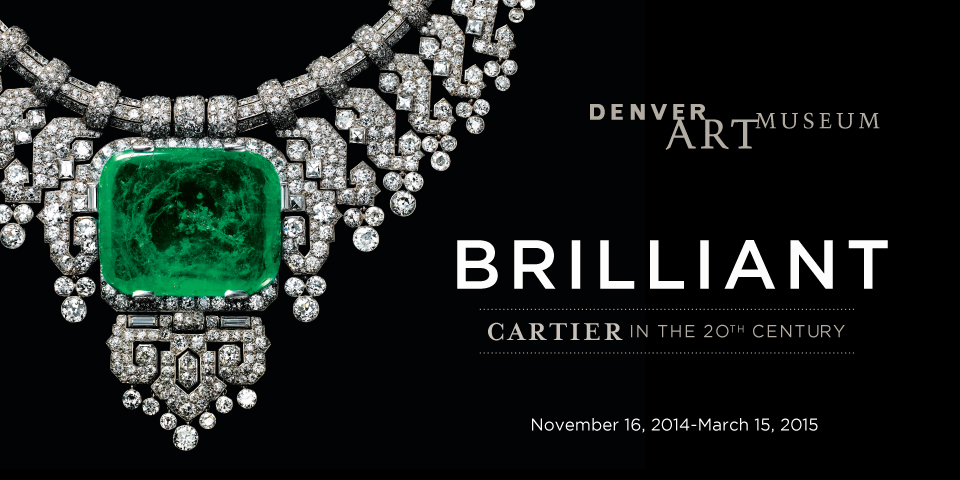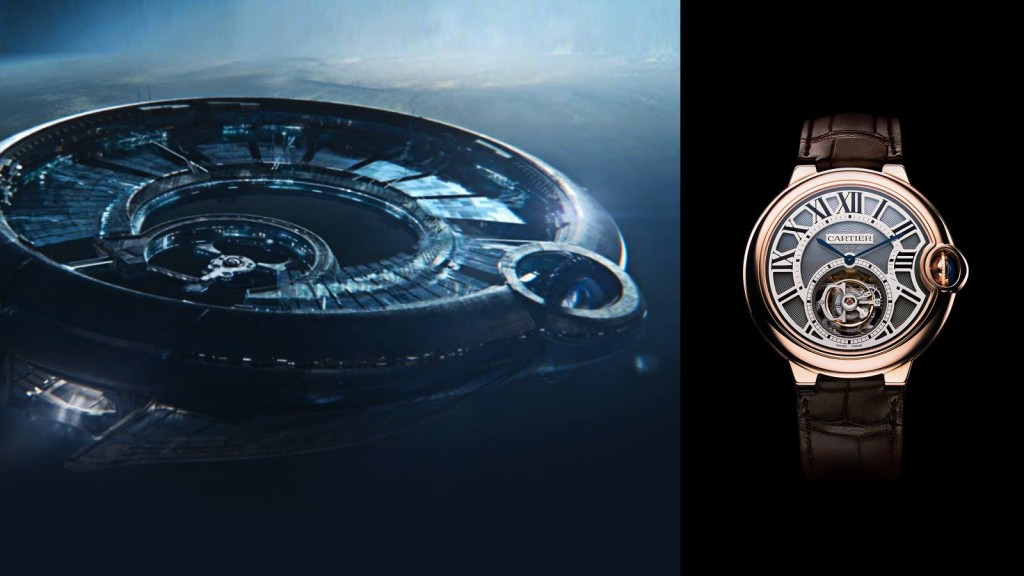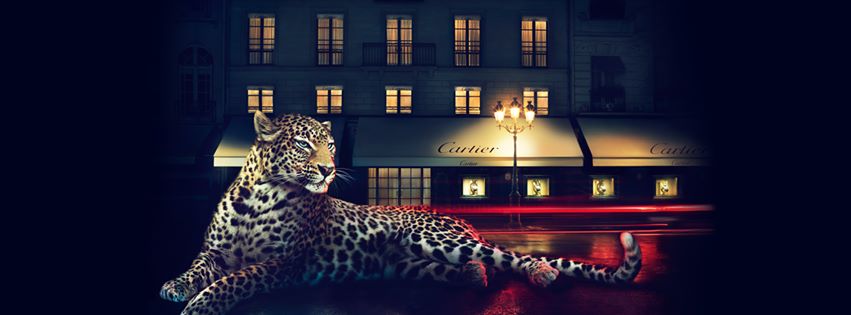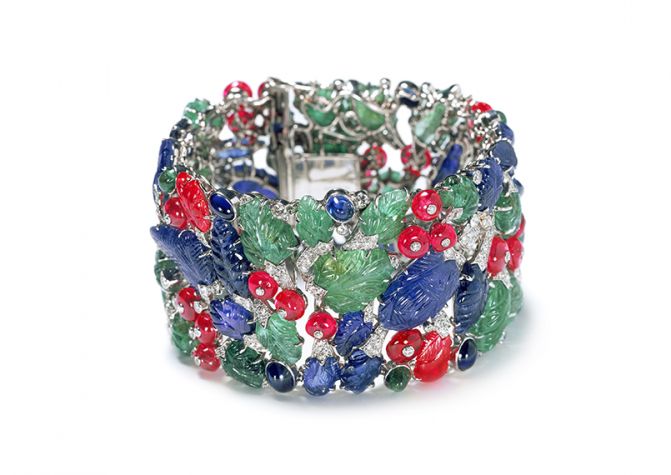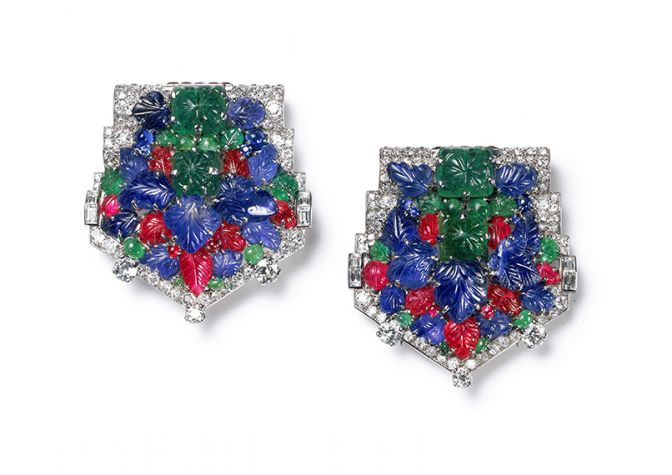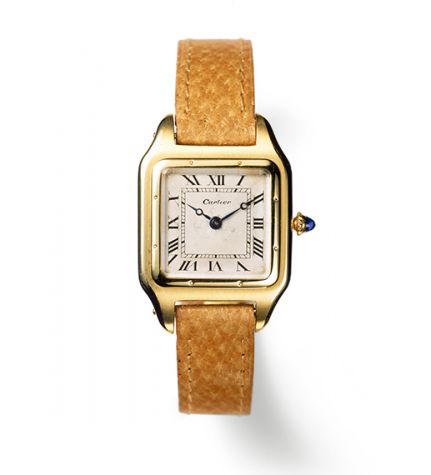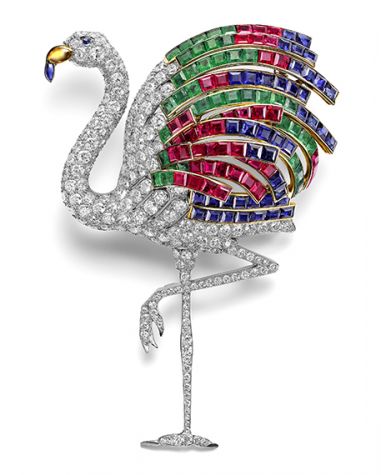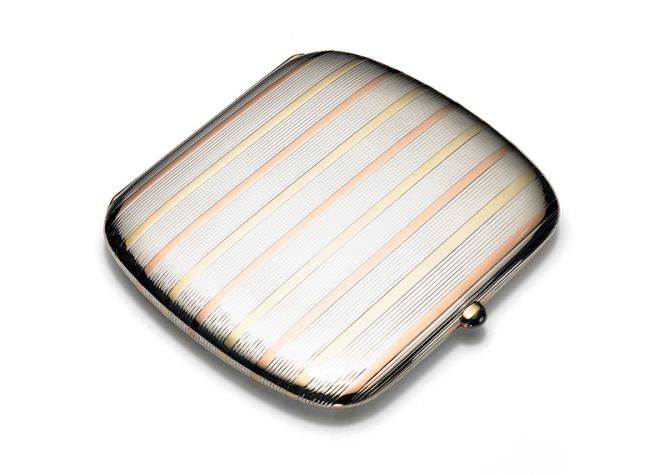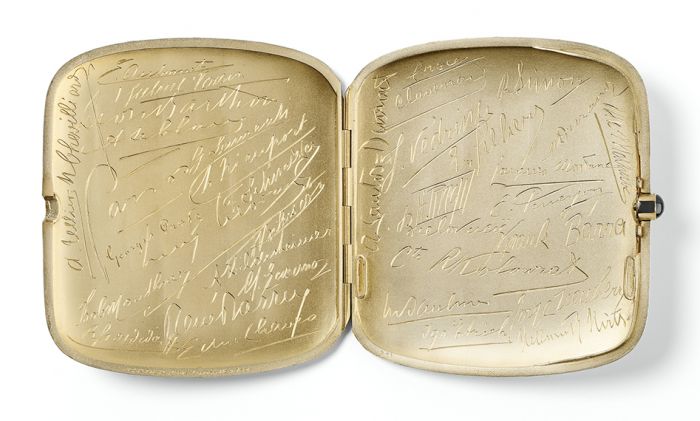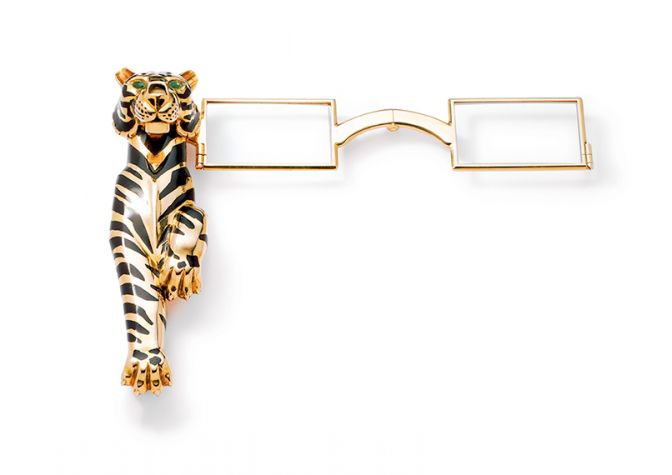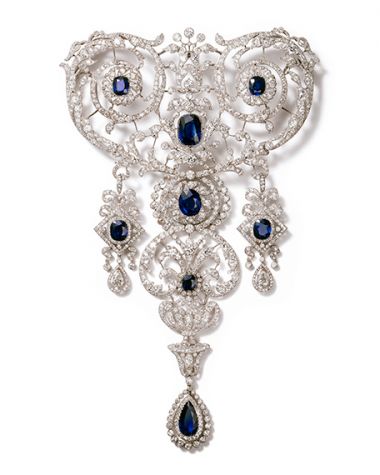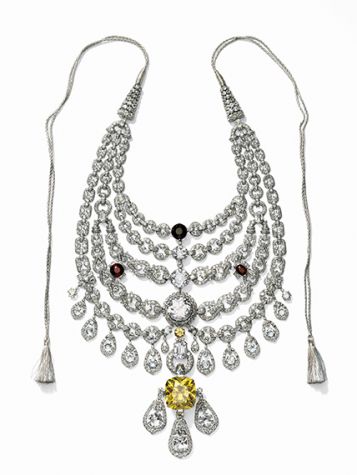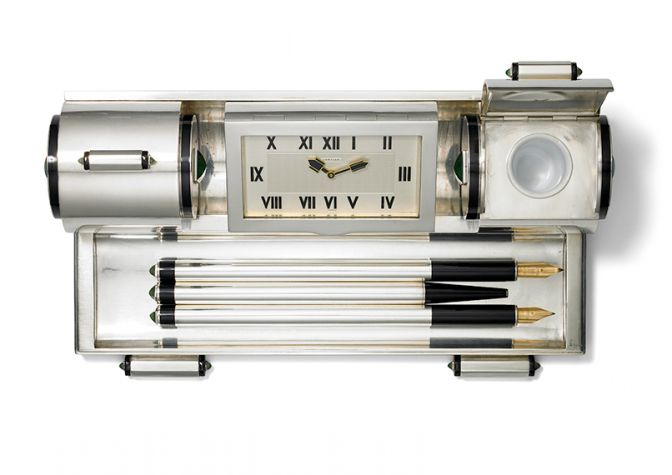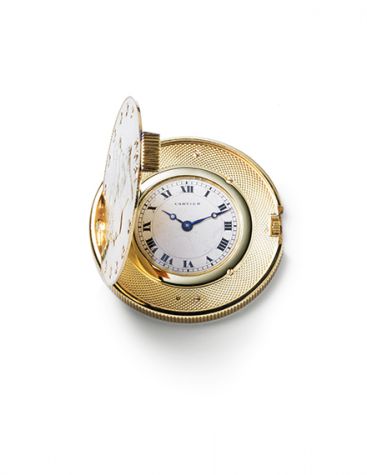THE WORLD-EXCLUSIVE EXHIBITION BRILLIANT: CARTIER IN THE 20TH CENTURY.
“Brilliant: Cartier in the 20th Century“worldwide-exclusive exhibition, on view Nov. 16, 2014 through March 15, 2015 at Denver Art Museum, is anticipated to be a major tourism draw for the city of Denver and the state of Colorado.
Denver is the sole worldwide venue for this exhibition of the French jewelry and luxury goods maker, featuring a stunning assortment of jewelry, timepieces and precious objects created between 1900 and 1975. The exhibition highlights Cartier’s rise to preeminence in the midst of historical events as it transformed itself into one of the world’s most prestigious names in jewelry. In addition to items loaned by the Cartier Collection, the exhibition will include loans from museums and private collections from around the world. Organized in seven thematic sections, the exhibition will feature a special section dedicated to providing a rare look at Cartier-crafted men’s items.
In addition to the magnificent and glittering jewelry that will be featured in “Brilliant: Cartier in the 20th Century”, the exhibition will also feature a selection of original preparatory drawings, historic photographs, advertising materials, film clips and movie stills to provide insight into the evolving cultural setting of the time period to tell the story of Cartier. Paris-based exhibition designer Nathalie Crinière will transform multiple galleries at the Denver Art Museum, showcasing a dramatic installation that will highlight the objects’ glittering diamonds, deeply hued gems, and brightly colored materials such as gold, lapis, coral, jade and lapis.
Exhibition themes include:
Aristocracy and Aspiration: Focusing on objects from 1900–1918, this section features diamond, sapphire, rock crystal and pearl jewelry and enameled decorative items that showcase a refined and elegant aesthetic embraced by European royalty and aristocrats—and the wealthy Americans who aspired to join their social class. Cartier was a pioneer in the use of platinum, which complements the whiteness of diamonds, and permits the creation of light, delicate settings.
Art Deco: New Outlook: Cartier was a leader in the innovative Art Deco movement of the 1910s to 1920s that highlighted a bold look with a new emphasis on color and geometry. The Maison utilized new materials in this era including jade, coral and black onyx.
Art Deco: Foreign Fascination: Cartier capitalized on the excitement generated by international events after World War I, such as the discovery of Tutankhamen’s tomb, to create original designs that incorporated exotic styles and materials including imported carved jade, lacquer and faience. Cartier’s exotic flair culminated in the colorful tutti-frutti style jewelry and sculptural mystery clocks.
Masculine View: While Cartier is most famous for women’s jewelry, they have always produced sleek, handsome items that appeal to men. Louis Cartier is credited with inventing the modern men’s wristwatch. The exhibition will include numerous models and styles, in addition to elegant and complex pocket watches. Cartier also designed beautiful cuff links, pocket items, cocktail and desk accessories, and inscribed cigarette cases, to name a few. Historic events such as Charles Lindbergh’s flight across the Atlantic, Franklin Roosevelt’s role in the Allies’ World War II victory and the American lunar landing were commemorated by inscribed gift items made by Cartier and featured in the exhibition.
Art of Smoking: At the turn of the century, smoking in polite society was largely limited to men and Russian women. As social norms loosened, cigarette smoking was adopted by all classes, and elegant smoking accessories became a necessity for fashionable women. This section features textured, enameled and jeweled cigar cutters, cigarette cases and lighters from 1907 through the 1940s.
Cartier’s Age of Glamour: The global depression affected Cartier’s business, but a wealthy, cosmopolitan clientele continued to purchase showy jewelry, clocks and accessories in
platinum and massive yellow gold settings. This section highlights designs from the 1930s to 1960s preferred by celebrities and Café Society (as international jet-setters were sometimes known).
“Icons of Style”, the exhibition’s concluding section is devoted to Cartier’s most famous clients, including style icons Daisy Fellowes, the Duchess of Windsor, Princess Grace of Monaco, Dame Elizabeth Taylor and Mexican film star María Félix.
DAM and VISIT DENVER collaborated on the creation of BrilliantinDenver.com—a new Brilliant exhibition resource for ticketing information, booking, hotel packages, itinerary suggestions and more.



